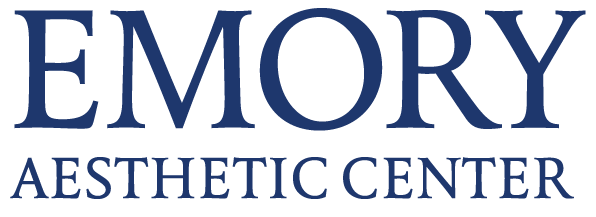It is an effective surgery for the removal of unwanted fat, and has been used for many years on patients of all different backgrounds. Contrary to popular belief, liposuction is not a weight loss substitute and is best used for patients who are not overweight. Instead, liposuction contours the body by removing fat from “problem areas”—pockets of fat in areas like the stomach, hips, and thighs— that do not respond to traditional methods of weight loss, including diet and exercise. The results can be dramatic, creating sleek and slim contours in the treated areas. Patients can have multiple areas treated at in a single surgery, as long as it is safe to do so, as determined by the surgeon performing the procedure.
Liposuction has evolved over the years, and is a much safer and gentler procedure than it once was. There are now several different techniques that fall under the category of liposuction, ranging from the traditional liposuction to ultrasonic, power-assisted and laser liposuction. Here at Emory, we offer two safe and effective options for liposuction: traditional suction assisted lipectomy and ultrasonic lipectomy.


